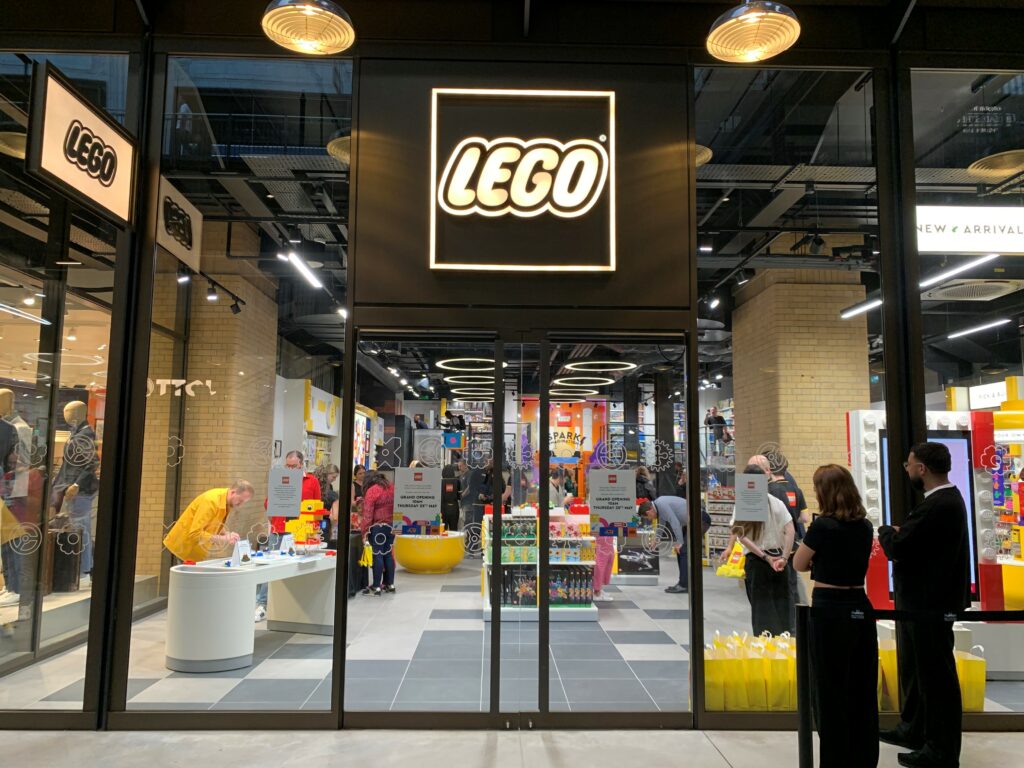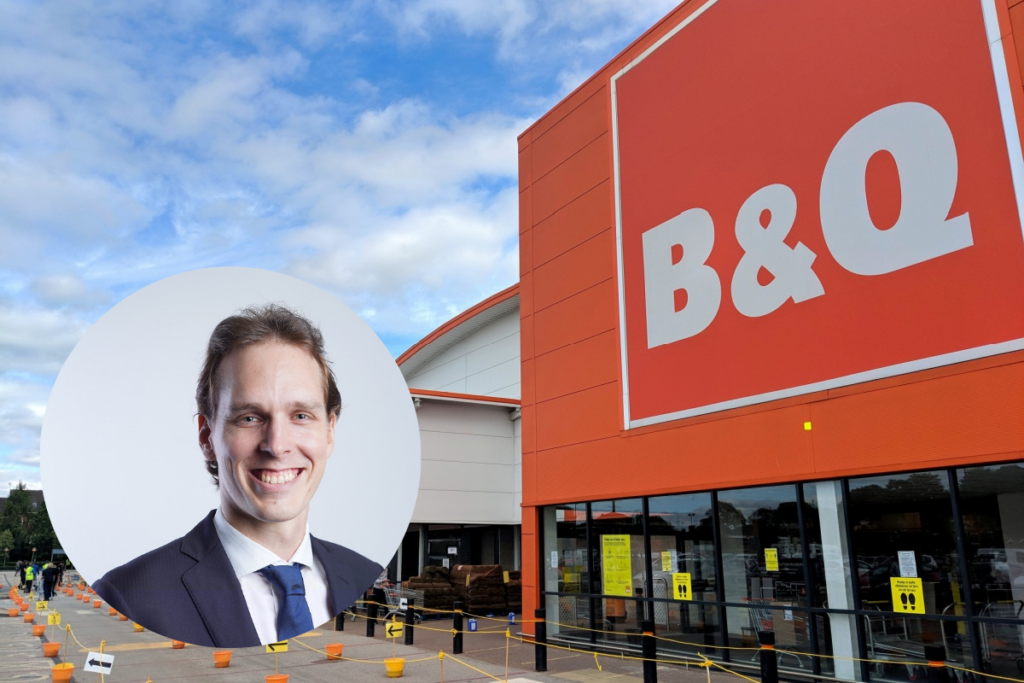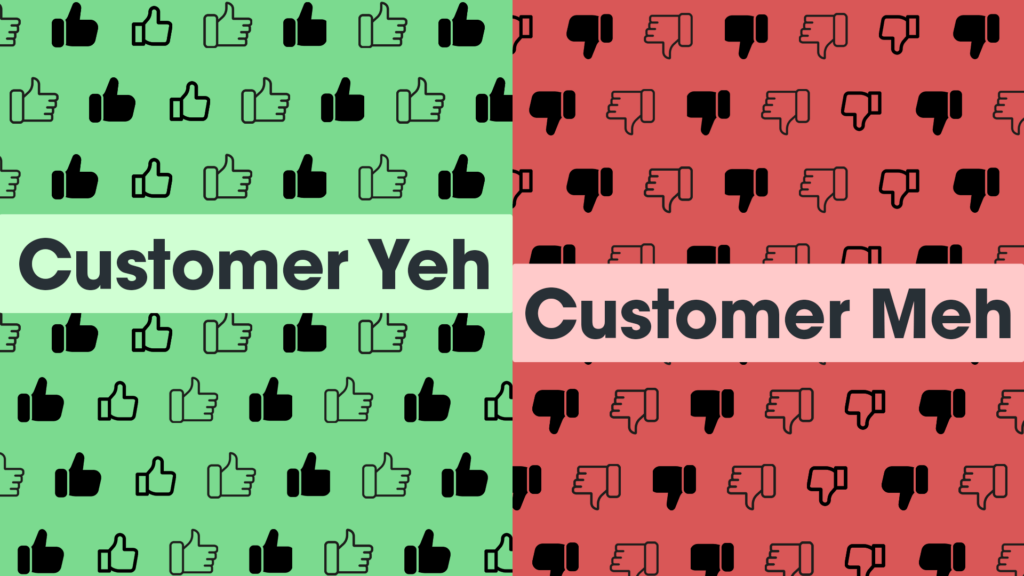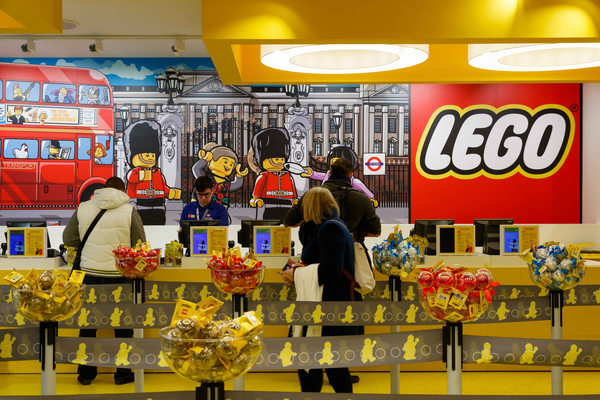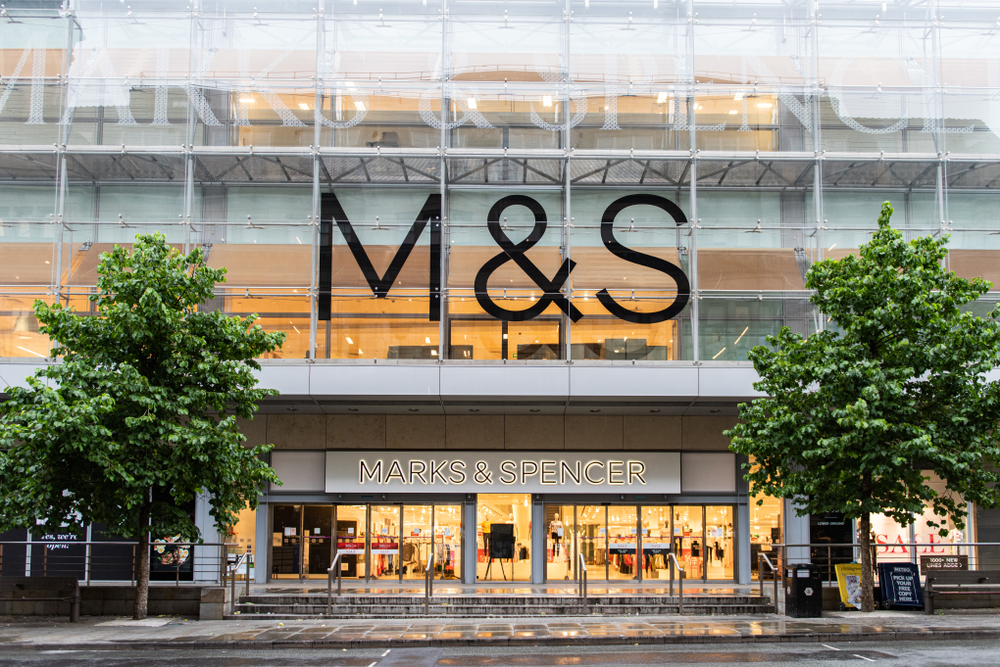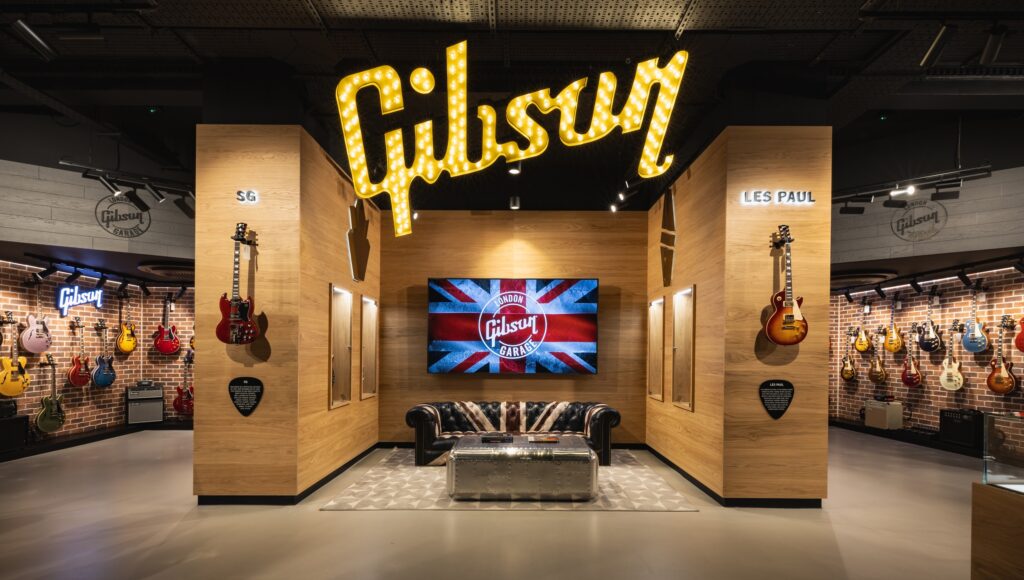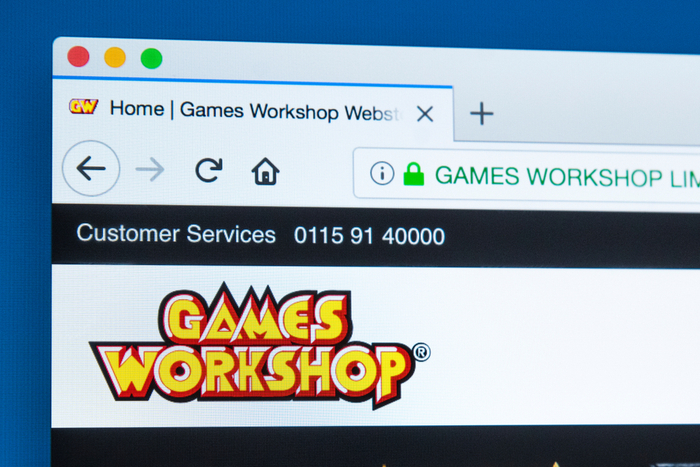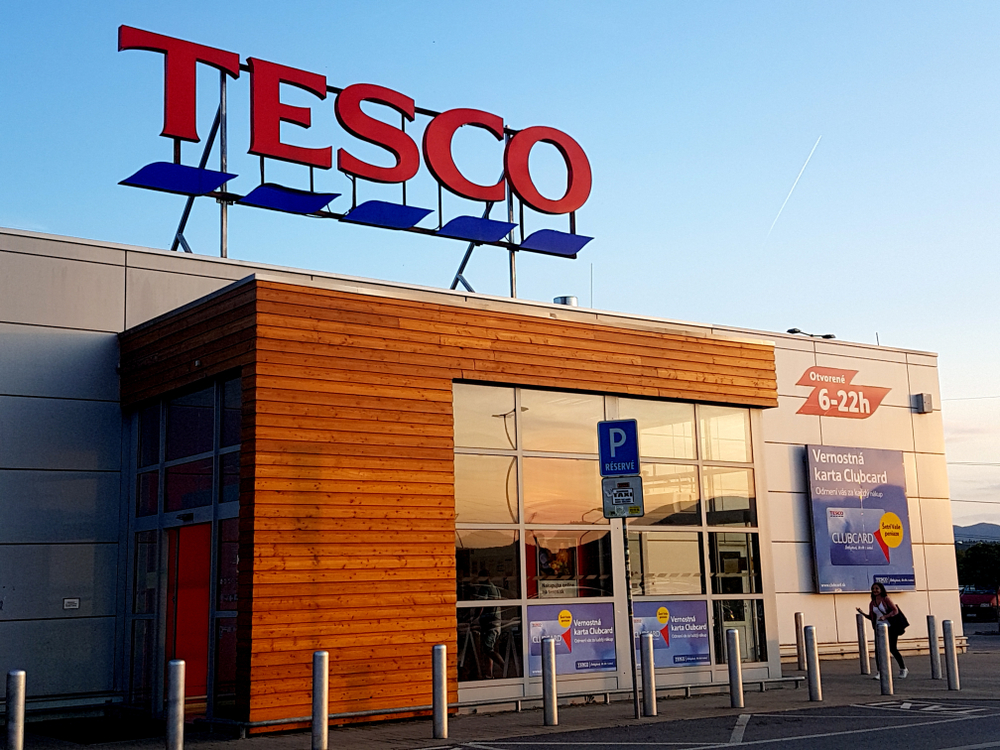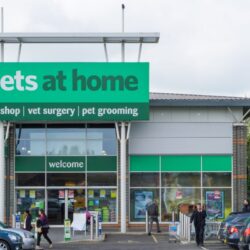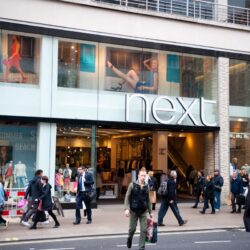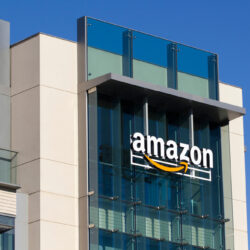The Lego Group has become synonymous with creativity, play, and – of course, its famous interlocking bricks.
The toy giant, which started off selling wooden toys before transitioning to build-your-own playsets in 1958, became a household name in the 70s and has dominated the industry ever since.
Throughout its rise to fame, Lego has stuck closely to its founding principles of encouraging kids -and adults- to play well.
As the group continues its retail expansion, Retail Gazette sits down with Lego Group’s director of EMEA and regional retail marketing Amy Pearson to discuss how the retailer is further building its empire through targeted stores and product diversification.
Creating the perfect store
The group opened its first London store south of the river last month in the newly redeveloped Battersea Power Station.
“This store is based on a new design concept that we launched back in 2021,” says Pearson.
Lego has ramped up the interactive elements inside its physical locations in recent years to better align with the group’s mission to “inspire and develop the builders of tomorrow through the power of play”.
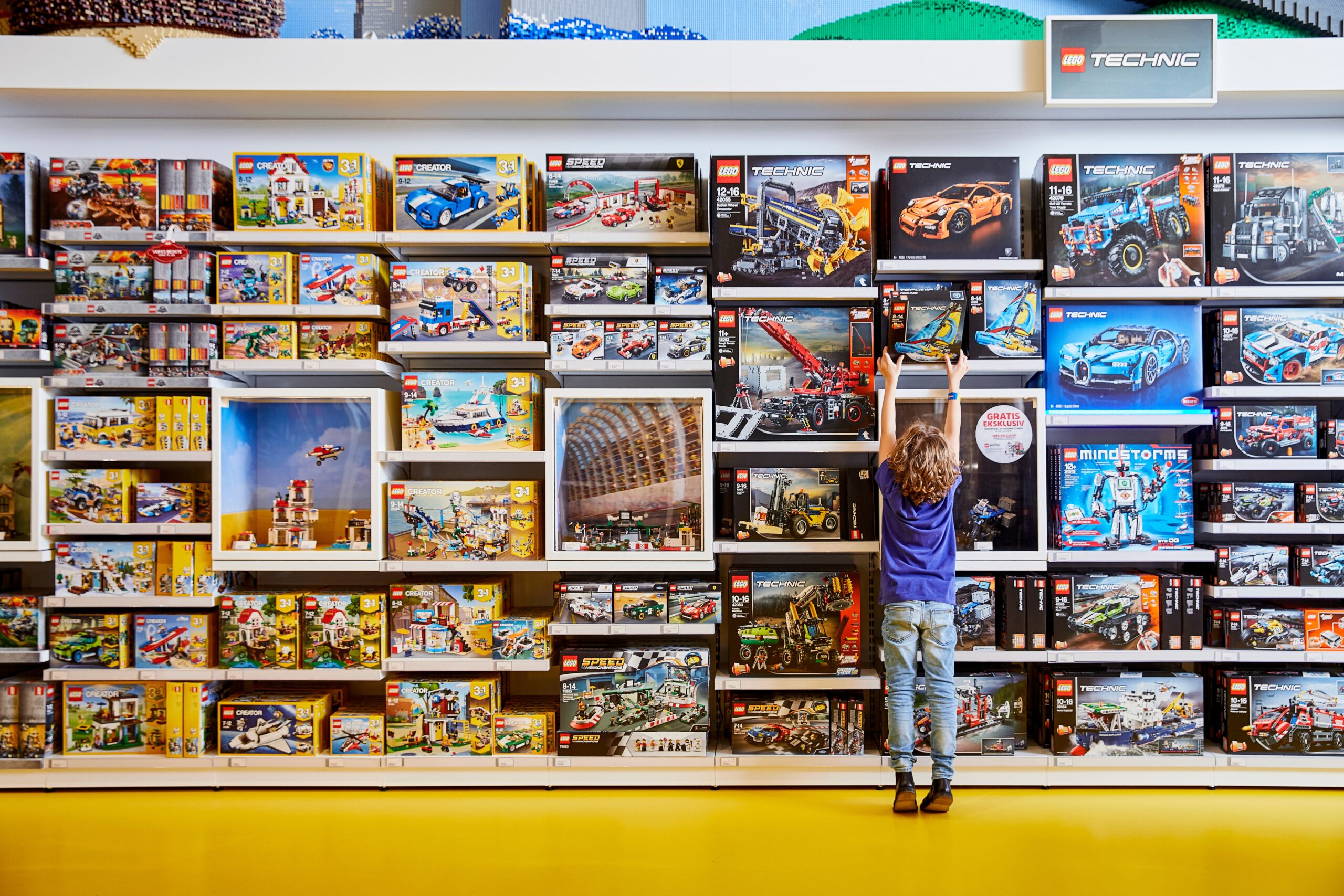
The retailer has added more play stations to the shop floor as well as a ‘Pick-a-Brick’ wall, where shoppers can buy pieces to build their own custom creations, and build-your-own minifigure tables.
“We’ve tried to not only follow our store design concepts but make it in keeping with the Mall itself with the exposed brick work,” she says, referencing the industrial aesthetic of the shop.
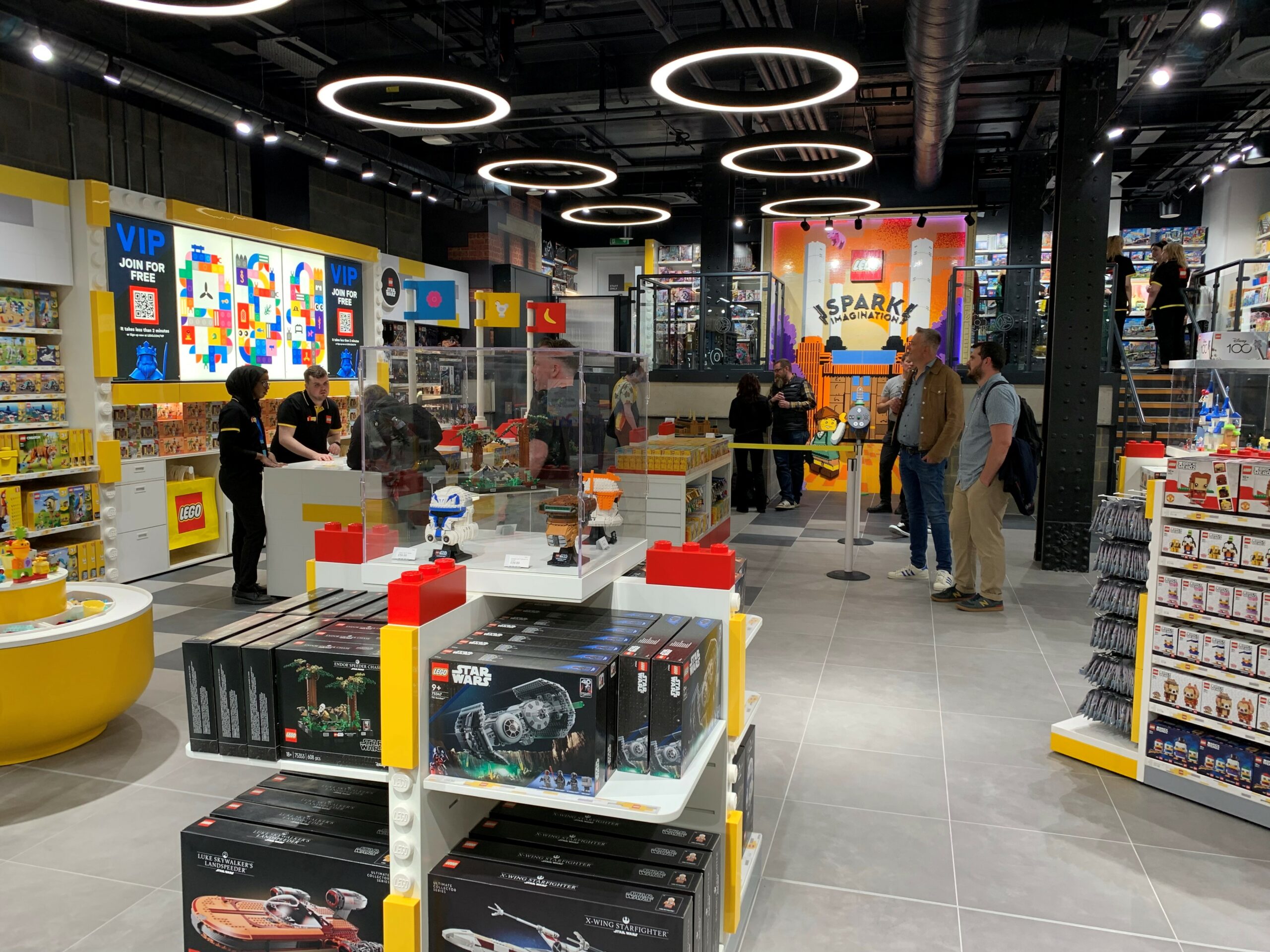
“The most unique things to this store are the Battersea mosaic wall and model power station.”
Pearson says the local nods are “really important” for the retailer to connect with the community and has even helped to attract more shoppers.
“That’s definitely something that we’ve learned as the design process has evolved,” she adds.
Its latest shop brings the total number of Lego stores in the UK to 18, with more on the horizon.
“Retail expansion is one of our big business strategies,” says Pearson, listing off the retailer’s recent openings.
In the space of a year, the toy group has opened its newly renovated and refitted Leicester Square flagship – the ‘biggest Lego store in the world’ – as well as its largest German store in Munich and shop debuts in the Irish and Swiss markets.
So why is the store so crucial to Lego’s strategy?
“Our research has shown that people want to be in stores, they want to have that immersive theatrical experience,” says Pearson, adding that bricks-and-mortar locations “really offer that brilliant experience”.
“Often they are the best place to discover everything Lego, so if you want to discover new sets or you want to talk to one of the store associates.”
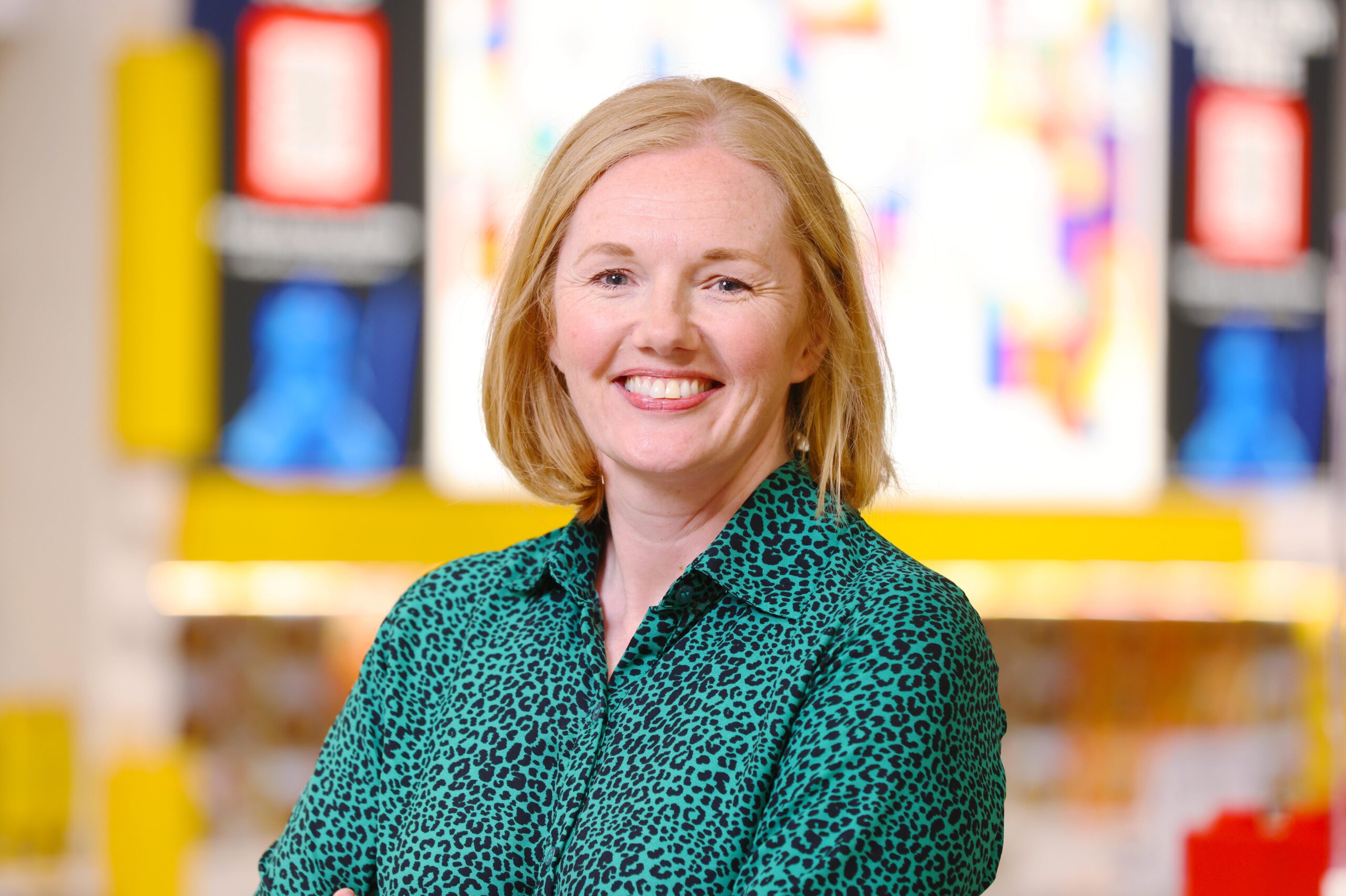
“It’s also about play. Lego is really about getting kids to play and inspiring the builders of tomorrow and there’s no better place to do that, then in a Lego store,” she explains.
The group runs ‘Pop and Play’ events across its network where fans can go into one of its branches and spend 15-30 minutes building mini sets.
“These events have been hugely successful for us, particularly this year,” says Pearson, noting the resurgence of shoppers returning to stores post-pandemic.
“We tend to do them for different occasions so whether it be for the Coronation, Mother’s Day, or a summer one – it gives kids the opportunity to come and make something for free.”
“We’re really focused on experiential retailing,” she notes. “So things like events, whether it be through pop-ups or the opportunity to come and meet some of the designers.”
More than just a kids toy
Lego has been a staple in childrens’ toy chests for decades and unlike most toys, the build-your-own sets have maintained its charm for many users beyond childhood.
“We have a huge adult following,” says Pearson. “Our adult range has grown significantly over the last few years and continues to grow.”
In fact, John Lewis reported that Lego sets aimed at those aged 18 and over surged 33% ahead of this year’s Valentine’s day with general searches up 51% year on year.
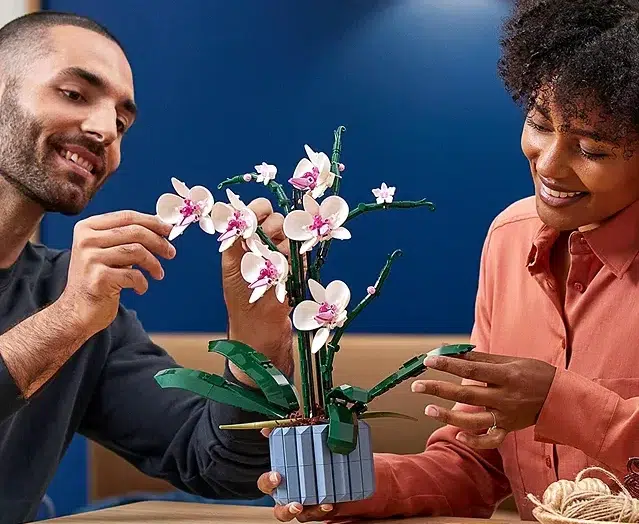
The retailer held a series of ‘Lego Lates’ last year in London, Shanghai and New York, designed for adults to help them switch off and get creative.
“They were the first events that we’ve done of its type, we haven’t announced any more yet but it’s definitely something that we’re considering,” she says, explaining that the retailer is constantly thinking about how it can “bring the Lego experience to life for fans of all ages”.
Bringing Lego to life
One of the biggest challenges Lego is facing, along with other toy retailers, is luring kids from their digital devices.
However, the group has taken the stance of ‘if you can’t beat them, join them’.
“We are doing a lot of things on the digital side,” chief executive Niels Christiansen told the Financial Times earlier this year, explaining the group was upping its investment in the area.
“We know very well how to immerse consumers into the Lego universe in stores [and] we’re working very hard to create that feeling of getting into the Lego brand universe also digitally.”
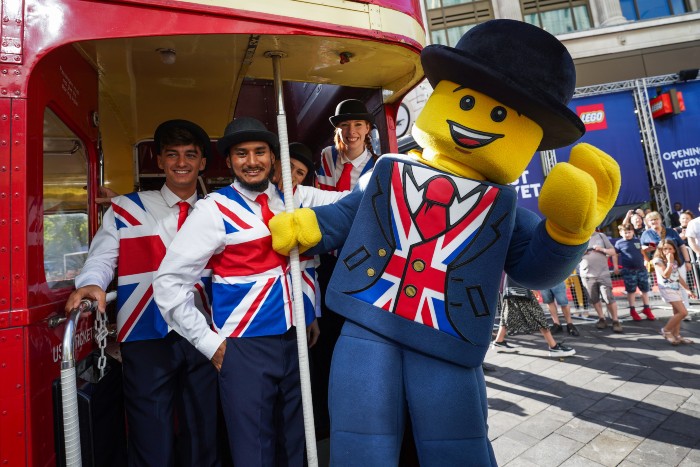
The group signed a deal with Epic Games earlier this year to create an immersive and creative place for kids to play in the metaverse.
“We’ve all seen kids play fluently between the digital and physical space,” says Pearson.
“We’re always trying to innovate and bring technology into both the product design, but also some of the store details and design elements as well,” she says, referencing the Lego mosaic maker at the Leicester Square flagship.
“Kids are so digitally savvy and we’re trying to layer some of those digital elements into some of our products too,” Pearson says.
“We’ve got Lego Super Mario and Minecraft; they are Lego sets that are inspired by game play.”
The group unveiled a partnership with Nintendo in 2020 for a new product line that features an interactive Lego Mario figure who collects coins in real-life game levels created with Lego bricks.
The collaboration between the toy retailer and video game company joins existing partnerships with Disney and Warner Bros.
This diversification in product lines and media ventures has helped the group’s popularity soar among pre-existing fans and younger generations.
Lego is clearly building a brand that is designed to last.
Click here to sign up to Retail Gazette‘s free daily email newsletter

